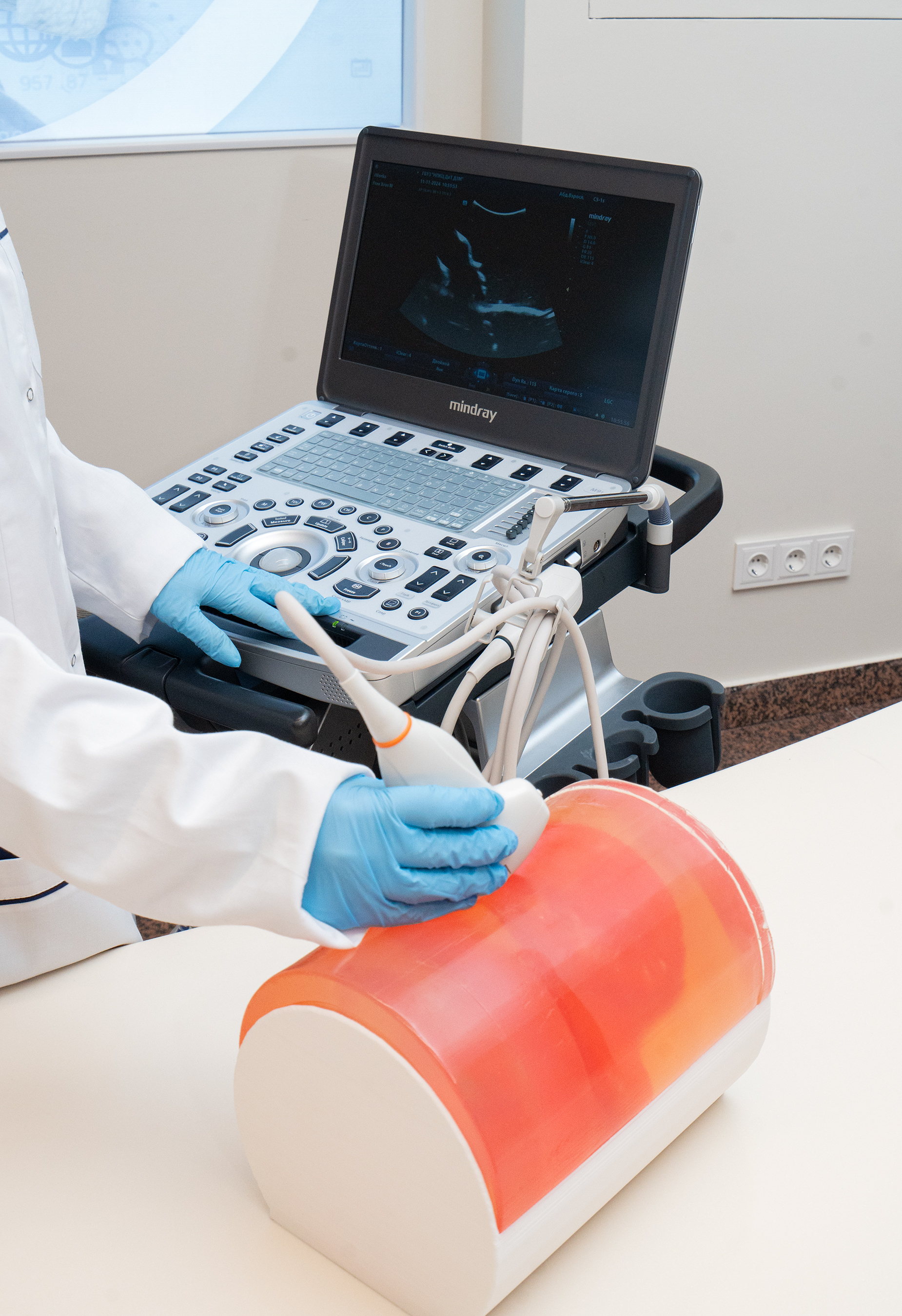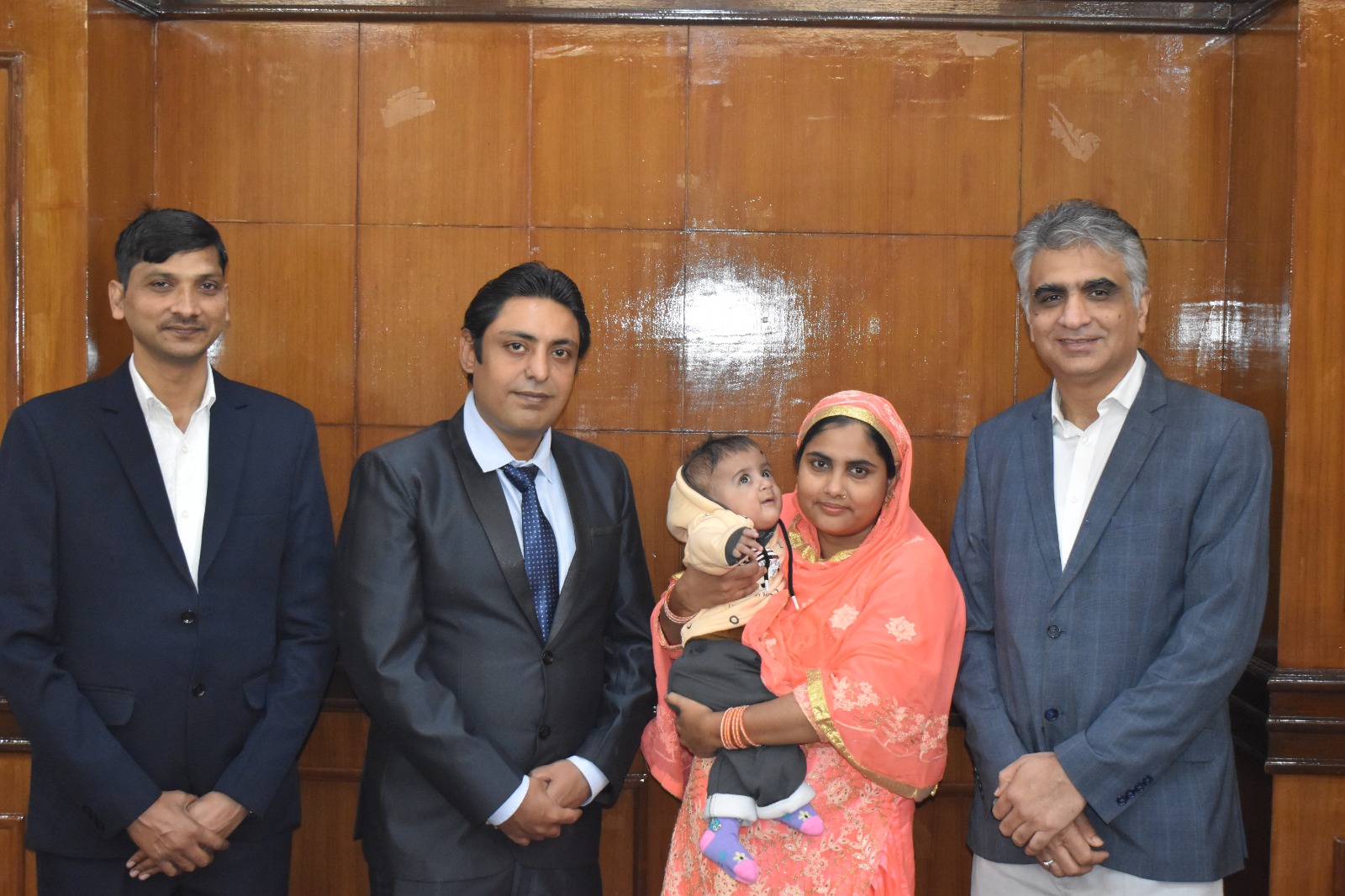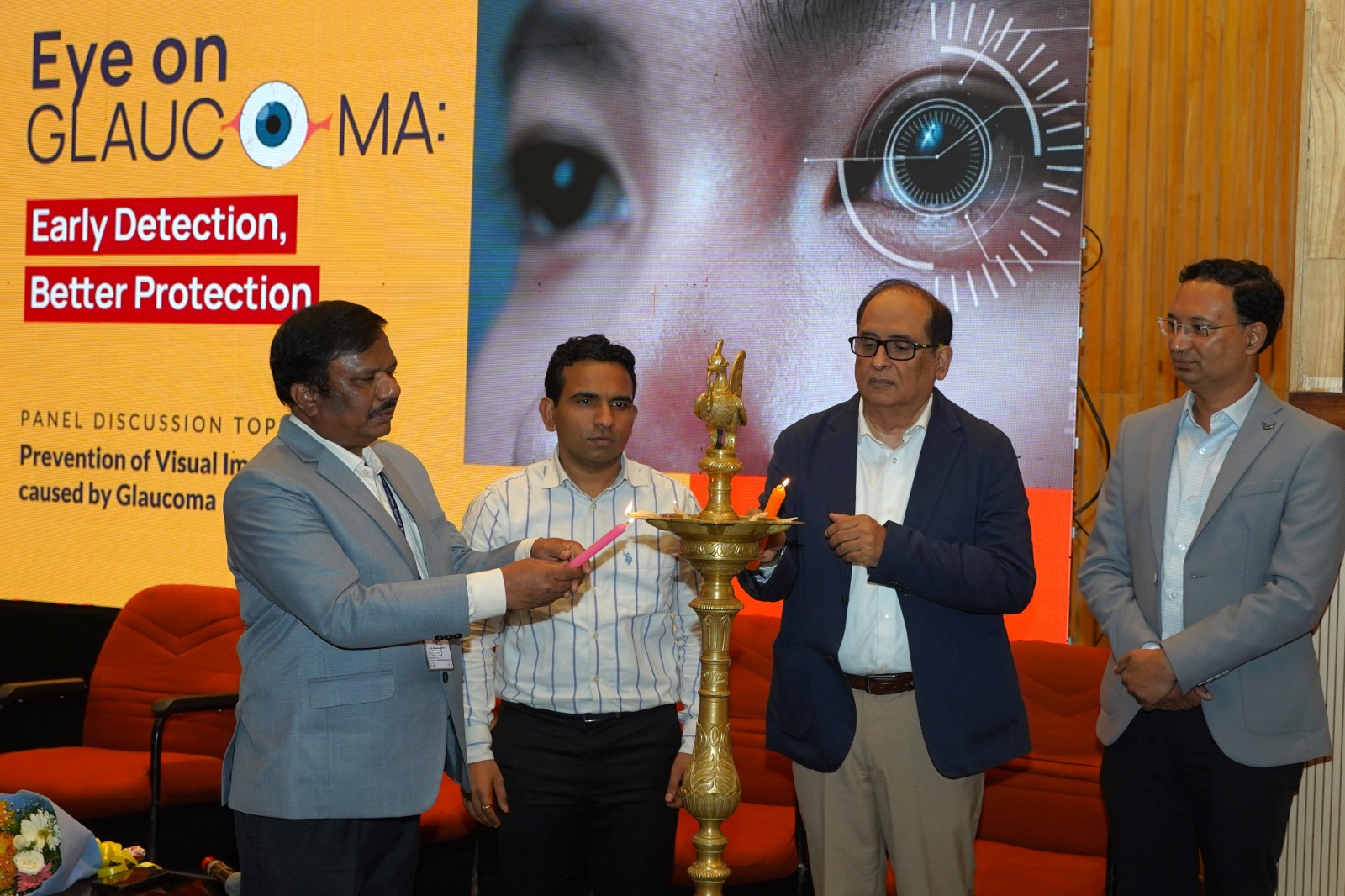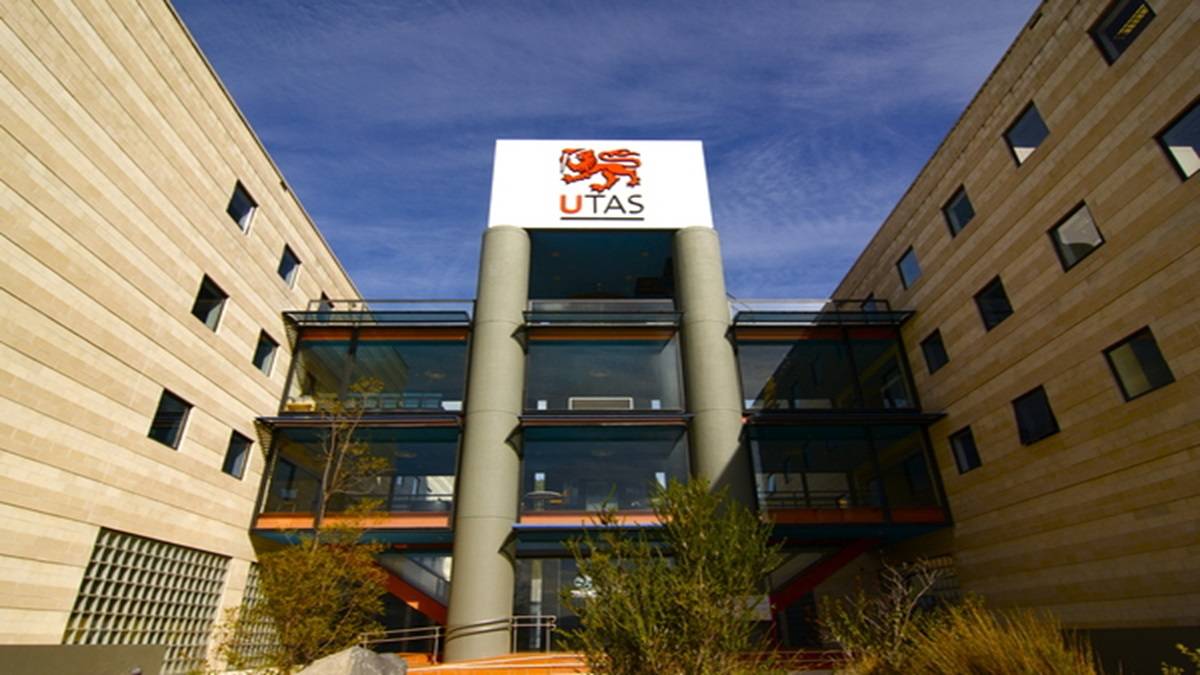Patients were randomized to pembrolizumab 200 mg for two years or platinum doublet for four to six cycles plus optional maintenance (nonsquamous), with stratification by Eastern Cooperative Oncology Group score of 0 or 1, tumor histology (squamous/nonsquamous), and region (East Asia/non‒East Asia). Patients in the chemotherapy arm could cross over to pembrolizumab upon disease progression if they met eligibility criteria. The primary endpoint was progression-free survival and overall survival (OS) was a key secondary endpoint.
The median overall survival length among patients in the pembrolizumab arm was 26.3 months compared to 14.2 months in the chemotherapy arm. The 36-month overall survival rate was 43.7 percent in the pembrolizumab arm vs 24.9 percent in the chemotherapy arm. Despite longer mean treatment duration in the pembrolizumab arm (11.1 vs 4.4 months), grade 3‒5 treatment-related adverse events were less frequent with pembrolizumab vs chemotherapy.
In addition, initial results showed activity for a re-exposure to pembrolizumab for those patients who had progressed after having received two years of treatment with pembrolizumab with a response in 7 out of 10 patients (70 percent).
"With more than three years' follow-up, first-line pembrolizumab monotherapy continued to provide durable long-term OS benefit vs chemotherapy, despite a majority of patients assigned to chemotherapy crossing over to pembrolizumab," said Dr. Reck. "And pembrolizumab was associated with less toxicity than chemotherapy. Patients who completed 35 cycles of pembrolizumab had durable clinical benefit and most were alive at data cutoff."
Patients with Stage IV squamous non-small cell lung cancer who enrolled in a clinical trial to test the immunotherapy atezolizumab and chemotherapy against chemotherapy alone experienced a longer survival rate, among a subgroup of patients with high PD-LI.
The data for the Impower131 Trial was presented today by Dr. F. Cappuzzo, from Azienda Unità Sanitaria Locale della Romagna, Ravenna/Italy.
IMpower131 is a randomized Phase III trial of atezolizumab with chemotherapy vs chemotherapy alone as first-line therapy in Stage IV squamous NSCLC, which is the most advanced form of the disease. The five-year survival rate for those diagnosed with stage IV lung cancer is less than 10 percent.
The multi-center trial enrolled 1021 patients— the 343 patients in Arm B received atezolizumab + carboplatin + nab-paclitaxel 100 mg/m2 qw. There were 340 patients enrolled in Arm C who received carboplatin + nab-paclitaxel for four or six cycles followed by best supportive care.
The proportion of patients with high positive or negative PD-L1 expression was similar between arms. Median overall survival in the Intention to Treat population was 14.2 months in Arm B vs 13.5 months in Arm C, not crossing the boundary for statistical significance. In the PD-L1–high subgroup, median overall survival was 23.4 vs 10.2 months, respectively. Treatment-related grade three and four adverse effects and treatment-related adverse effects occurred in 68.0 percent and 21.0 percent (Arm B) and 57.5 percent and 10.5 percent (Arm C) of patients; no new safety signals were identified, consistent with previous analyses.
Final overall survival in Arm B vs Arm C did not cross the boundary for statistical significance but clinically meaningful overall survival improvement was observed in the PD-L1–high subgroup, despite not being formally tested.
"The study provides additional evidence on the efficacy of immunotherapy in patients with lung cancer. The strong benefit observed in high PD-L1 expressors highlights relevance of biomarkers for patient selection," Dr. Cappuzzo said.
Patients Taking Nivolumab Experience Five-Fold Increase in Overall Survival Compared to Chemotherapy
Five-Year Outcomes from the Randomized, Phase Three Trials CheckMate 017/057: Nivolumab vs Docetaxel in Previously Treated NSCLC
Pooled data on two clinical trials demonstrate patients taking nivolumab realized a greater than five-fold increase in five-year overall survival rate compared with the chemotherapy docetaxel. The presentation was made today by Dr. S. Gettinger of Yale Comprehensive Cancer Center, New Haven, Conn.
Historically, outcomes for advanced non-small cell lung cancer have been poor, with five-year survival rates less than five percent with conventional chemotherapy. Nivolumab, a programmed death-1 inhibitor, was approved in 2015 for patients with previously treated advanced non-small cell lung disease based on two randomized phase three trials, CheckMate 017 and CheckMate 057, which demonstrated improved overall survival compared to docetaxel.
In CheckMate 017 and 057, 854 patients with advanced NSCLC, Eastern Cooperative Oncology Group performance status 0 to 1, and progression during or after first-line platinum-based chemotherapy, were randomized 1:1 to nivolumab or docetaxel until progression or unacceptable toxicity. After completion of the primary analyses, patients in the docetaxel arm no longer receiving benefit could cross over to receive nivolumab. The researchers set overall survival as the primary endpoint for both studies.
At five-year follow-up, 50 nivolumab patients and nine docetaxel patients were alive. Baseline characteristics of five-year survivors in both arms were similar to the overall population and patients who survived less than one year, except for a higher percentage of patients with ECOG PS 0 or tumor programmed death ligand-1 (PD-L1) expression greater than one percent on nivolumab and ECOG PS 0 and Stage IIIB NSCLC on docetaxel. Nivolumab continued to show long-term overall survival and progression-free survival benefit compared to docetaxel with five-year survival rates of 13.4 percent vs 2.6 percent and progression-free survival rates 8.0 percent compared to 0 percent. The overall survival benefit with nivolumab compared with docetaxel was observed across subgroups, including patients with tumor PD-L1 expression.
"CheckMate 017 and 057 are the first phase three trials to report five-year outcomes for a PD-1 inhibitor in previously treated advanced NSCLC, demonstrating a greater than five-fold increase in five-year OS rates with nivolumab (13.4 percent) compared with docetaxel (2.6 percent). Nivolumab remained well tolerated with no new safety signals," according to Dr. Gettinger.
Europeans Face Significant Challenges to Participate in Lung Cancer Clinical Trials
A survey of patients with lung cancer in several European countries revealed that half did not know what a cancer clinical trial is, and 22 percent had never heard of a cancer clinical trial. The research was reported by Dr. A.M. Baird, on behalf of Lung Cancer Europe.
LuCE is the voice of people impacted by lung cancer in Europe. LuCE aims to increase knowledge of lung cancer and provide a platform to raise awareness about disparities in detection, diagnosis, treatment and care across Europe.
Dr. Baird reported that the study was undertaken to gain a better insight into the clinical trial experience from a patient perspective and improve clinicians' and public health's understanding of patients' awareness and attitudes towards clinical trials.
The LuCE team developed the survey and qualitative interview questions based on a review of relevant literature and policy sources.
"We shared our online survey with lung cancer advocates and patients with lung cancer," Dr. Baird said. The organization conducted qualitative interviews with 15 individuals, covering the medical community, representatives from patient advocate organizations and the pharmaceutical industry.
The survey was shared with patients with lung cancer across Europe and those who took part resided mostly in Poland (19.5 percent), Italy (18.7 percent), Denmark (9.9 percent) and Spain (9.2 percent).
"Fortunately, over 50 percent of these respondents stated that their trial experience was positive and 80 percent wanted to find out more about clinical trials, while 75 percent believed that it would be beneficial for patients to work together with researchers in the clinical trial development process," she said.
Survey respondents identified several barriers to accessing lung cancer clinical trials, including difficulties in cross-border access, language barriers, lack of accurate accessible information, lack of awareness by patients and clinicians and disparities in access across Europe.
"The lung cancer community must work together to overcome these barriers and ensure access to clinical trials for all people impacted by lung cancer," Baird concluded.
Nurse-Led Follow-Up Service Aids Patients with Resected Early-Stage Lung Cancer, Improves Clinic Efficiency
The presence of the specialist nurse within thoracic surgical centers in the United Kingdom increased clinic capacity and efficiency, reduced waiting time for appointments, promoted junior medical training and ensured continuity of care for the patients, according to an analysis reported today by Jenny Mitchell from Oxford University Hospitals NHS Foundation Trust, in Oxford, United Kingdom.
According to Mitchell, following review of international guidelines and in conjunction with the lung cancer multidisciplinary team, the research team devised a CT follow-up program that provided:
CT chest, abdomen and pelvis every six months for two years after surgery followed by an appointment to be given the results. CT chest, abdomen and pelvis at three, four and five years after surgery followed by an appointment to be given the results.
The program is coordinated, and CT results triaged by the specialist nurse.
"We found that feedback from patients in our CT follow-up program indicated they find two trips to the hospital burdensome and they frequently requested results of surveillance imaging over the telephone," Mitchell said. "In addition, limited capacity in the thoracic surgery clinics led to patients waiting a long time for a face-to-face appointment to be informed of their imaging results."
To address these issues, the Oxford team developed a model of nurse-led telephone follow-up after surveillance imaging. The criteria for telephone appointments are: CT results show no abnormality or minor changes requiring a repeat CT chest in three months and patients can communicate adequately over the telephone.
The specialist nurse reviews all the CT follow-up results and allocates patients to the most appropriate clinic, ensuring patients are reviewed in the appropriate setting for their needs and those who need to be seen urgently are prioritized. Abnormalities and concerns detected during the follow-up program are presented at the multidisciplinary meetings by the specialist nurse, who takes responsibility for the actions requested by the team.
From January 2013 to December 2017 there were 546 specialist nurse face-to-face clinic appointments in 189 clinics for 285 patients with primary lung cancer. The telephone clinic commenced in April 2017 and in the first twelve months there were 254 patient appointments in 51 telephone clinics.
The presence of the specialist nurse within the follow-up clinics has increased clinic capacity and efficiency, reduced waiting time for appointments, promotes junior medical training and ensures continuity of care for the patients.
"The patients appreciate the continuity of care and improved access to specialist nursing support and the role is appreciated and respected by the multidisciplinary team," Mitchell reported.
About the WCLC:
The World Conference on Lung Cancer (WCLC) is the world's largest meeting dedicated to lung cancer and other thoracic malignancies, attracting more than 7,000 researchers, physicians and specialists from more than 100 countries. The goal is to increase awareness, collaboration and understanding of lung cancer, and to help participants implement the latest developments across the globe. The conference will cover a wide range of disciplines and unveil several research studies and clinical trial results.
About the IASLC:
The International Association for the Study of Lung Cancer (IASLC) is the only global organization dedicated solely to the study of lung cancer and other thoracic malignancies. Founded in 1974, the association's membership includes more than 7,500 lung cancer specialists across all disciplines in over 100 countries, forming a global network working together to conquer lung and thoracic cancers worldwide. The association also publishes the Journal of Thoracic Oncology, the primary educational and informational publication for topics relevant to the prevention, detection, diagnosis and treatment of all thoracic malignancies.

 First-line pembrolizumab monotherapy provides durable long-term overall survival benefit compared to chemotherapy, according to data presented today by Dr. M. Reck, Lung Clinic Grosshansdorf, Airway Research Center North, Member of the German Center for Lung Research Grosshansdorf/Germany.
First-line pembrolizumab monotherapy provides durable long-term overall survival benefit compared to chemotherapy, according to data presented today by Dr. M. Reck, Lung Clinic Grosshansdorf, Airway Research Center North, Member of the German Center for Lung Research Grosshansdorf/Germany. 









.jpeg)








.png)
.png)

.png)
.png)
.png)

.png)
.png)
.png)

.png)
.png)